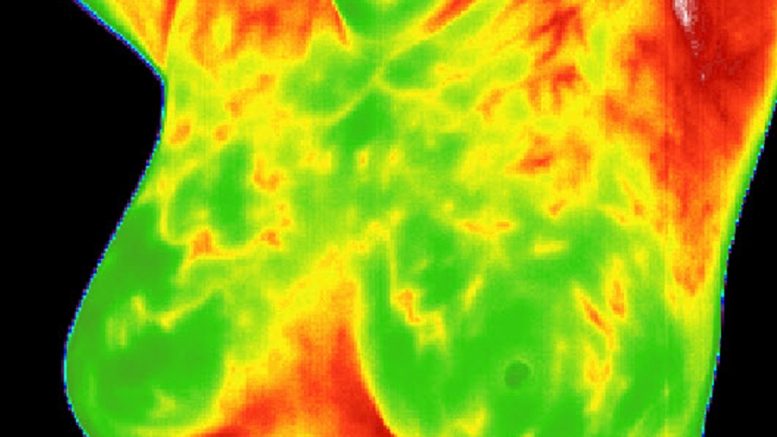The FDA announced that it has issued stern warnings to “illegal cancer treatments.”
According to the press release:
“Consumers should not use these or similar unproven products because they may be unsafe and could prevent a person from seeking an appropriate and potentially life-saving cancer diagnosis or treatment,” said Douglas W. Stearn, director of the Office of Enforcement and Import Operations in the FDA’s Office of Regulatory Affairs. “We encourage people to remain vigilant whether online or in a store, and avoid purchasing products marketed to treat cancer without any proof they will work. Patients should consult a health care professional about proper prevention, diagnosis and treatment of cancer.”
The warning letter also mentions “telethermographic systems,” which is thermography. Thermography has become a widely sought after cancer screening system that uses infrared measurements of heat to find tumors. It would serve as a replacement for failing mammograms. The FDA cleared thermography only for adjunctive diagnostic screening. Shouldn’t people have the choice to decide what screening method they’d like to use? A company called Natures Treasure was at the heart of the warning letter. ccording to the FDA, the company’s claims for thermography “provides evidence that the device is intended for diagnostic screening for detection of breast cancer, including as a sole screening device,” which federal law prohibits.
But of course, challenging traditional mammograms has stirred up the pharmaceutical shills.
This is famed vaccine agenda Doctor Gorski attacking thermography back in 2010.
What is thermography and how is it used to detect breast cancer? As its name implies, thermography measures differences in temperature. Most systems use infrared imaging to achieve these measurements. There’s nothing magical about it; the technology has been in use for various applications for decades. The rationale for applying thermography to the detection of breast cancer is that breast cancers tend to induce angiogenesis, which is nothing more than the ingrowth of new blood vessels into the tumor to supply its nutrient and oxygen needs. A tumor that can’t induce angiogenesis can’t grow beyond the diffusion limit in aqueous solution, which is less than 1 mm in diameter. These blood vessels result in additional blood flow, which results in additional heat. In addition, the metabolism of breast cancer cells tends to be faster than the surrounding tissue, and cancer is often associated with inflammation, two more reasons why the temperature of breast cancers might be higher than the surrounding normal breast tissue and therefore potentially imaginable using infrared thermography.

